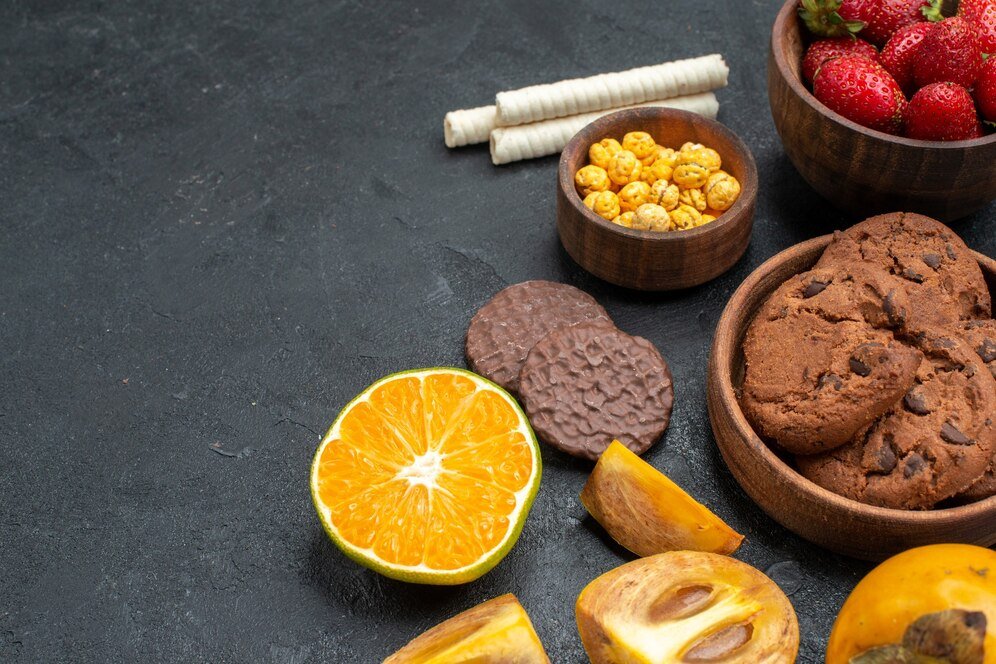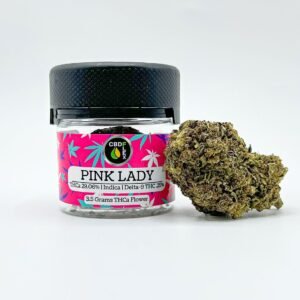Decoding Your High: What’s The Real Difference Between Sativa and Indica Edibles?
The world of cannabis edibles can be both exciting and a little overwhelming, especially when you start seeing terms like “Sativa” and “Indica”…
The world of cannabis edibles can be both exciting and a little overwhelming, especially when you start seeing terms like “Sativa” and “Indica” plastered on the packaging. If you’re new to the edible game, or even a seasoned consumer, you might be wondering: what’s the actual difference between Sativa and Indica Edibles, and how will they affect my experience?
You’ve likely heard the general rules of thumb – Sativas are energizing, Indicas are relaxing. But when it comes to edibles, does this hold true? Let’s dive deep into the nuances of Sativa and Indica Edibles to help you make informed choices and enjoy the high that’s right for you.
Understanding the Foundation: Sativa vs. Indica
Traditionally, experts categorize cannabis strains into two main types: Sativa and Indica. These classifications were initially based on the plant’s physical characteristics:
- Sativa Plants: Tall and slender with narrow leaves, typically associated with warmer climates. They were often described as producing a more cerebral, uplifting, and energetic high. Think creativity, focus, and a boost in mood.
- Indica Plants: Short and bushy with broad leaves, often found in cooler, mountainous regions. They were generally linked to a more body-focused, relaxing, and sedative high. Think couch-lock, pain relief, and better sleep.
The Edible Twist: How Ingestion Changes the Game
While these distinctions are a good starting point, it’s crucial to understand how the edible consumption method alters the experience. When you ingest cannabis, your liver processes it, converting THC (tetrahydrocannabinol) into a more potent form called 11-hydroxy-THC. This metabolite can cross the blood-brain barrier more easily, leading to a high that is often described as:
- More Intense: Edible highs tend to be stronger and more profound than smoking or vaping.
- Longer Lasting: The effects of edibles can last for several hours, sometimes even up to 8-12 hours depending on the dose and your metabolism.
- Delayed Onset: It can take anywhere from 30 minutes to 2 hours (or even longer) to feel the effects of an edible, which is why “start low and go slow” is the golden rule.
So, How Do Sativa and Indica Edibles Differ?
While the fundamental characteristics of Sativa and Indica strains can still influence the effects of edibles, the lines can become a bit blurred. Here’s a breakdown of what you can generally expect from Sativa and Indica Edibles:
Sativa Edibles: The Journey to Upliftment
Edibles made with predominantly Sativa strains are often sought after for their potential to induce:
- Cerebral Stimulation: Expect heightened focus, increased creativity, and a more active mind.
- Mood Elevation: Sativa edibles can be great for boosting your spirits and promoting a sense of euphoria.
- Energy and Sociability: Some users find Sativa edibles to be energizing and conducive to social activities or creative endeavors.
- Potential Applications: These edibles might be preferred for daytime use, social gatherings, artistic projects, or when you need a mental boost.
Indica Edibles: Embracing Relaxation and Relief
Edibles made with predominantly Indica strains are typically chosen for their potential to provide:
- Body Relaxation: Expect a deep sense of physical relaxation that can ease tension and muscle soreness.
- Sedation and Sleep: Indica edibles are often used to promote restful sleep and combat insomnia.
- Pain Relief: They can be effective in managing chronic pain and discomfort.
- Potential Applications: These edibles are often favored for evening or nighttime use, pain management, stress relief, and promoting sleep.
Beyond Sativa and Indica: The Importance of Terpenes and Cannabinoids
It’s crucial to remember that the Sativa/Indica dichotomy is becoming increasingly recognized as an oversimplification. A complex interplay of various compounds influences the actual effects of any cannabis product or hemp-derived products such as CBD roll-on for pain, including Sativa and Indica edibles, including:
- Terpenes: These aromatic compounds are responsible for the distinct smells and flavors of different cannabis strains. They also play a significant role in modulating the effects of cannabinoids. For example, limonene (often found in Sativas) may contribute to uplifting effects, while myrcene (common in Indicas) might enhance relaxation.
- Cannabinoids: Beyond THC, other cannabinoids like CBD (cannabidiol), CBN (cannabinol), and CBG (cannabigerol) can influence the overall experience. For instance, an edible with a significant amount of CBD alongside THC might offer a more balanced and less psychoactive effect.
How to Choose the Right Sativa and Indica Edibles for You
Given the complexities, here’s a practical guide to selecting Sativa and Indica Edibles:
- Read the Label Carefully: Look beyond just “Sativa” or “Indica.” Check for information about the specific strain used, the terpene profile (if available), and the cannabinoid content.
- Consider Your Desired Effects: Are you looking for energy and creativity, or relaxation and pain relief? This will help you narrow down your choices.
- Start with a Low Dose: Especially if you’re new to edibles, begin with a low dose (typically 2.5mg to 5mg of THC) and wait at least two hours before considering taking more.
- Pay Attention to Your Body: Everyone reacts differently to cannabis. Keep track of how different Sativa and Indica Edibles affect you.
- Ask Questions: Don’t hesitate to ask budtenders at your local dispensary for recommendations based on your preferences and experience level.
Legality and Responsible Consumption
Remember that cannabis laws vary significantly by location. Ensure you are purchasing Sativa and Indica Edibles from legal and licensed dispensaries and are of legal age to consume them. Always consume responsibly and never drive or operate heavy machinery under the influence.
In Conclusion: Navigating the World of Sativa and Indica Edibles
While the traditional understanding of Sativa as energizing and Indica as relaxing provides a helpful starting point, the world of Sativa and Indica Edibles is more nuanced. By understanding the impact of the edible consumption method and considering the role of terpenes and the full cannabinoid profile, you can make more informed choices and find the perfect edible experience to suit your needs and preferences. So, take your time, experiment responsibly, and enjoy the journey of discovering the diverse effects of Sativa and Indica Edibles.
Frequently Asked Questions (FAQs) about Sativa and Indica Edibles:

Will a Sativa edible definitely make me feel energized?
While users generally associate Sativa strains with energizing effects, they can experience variations based on the specific strain, individual body chemistry, dosage, and the presence of other cannabinoids and terpenes. Some people might still feel relaxed even with a Sativa edible.
Can an Indica edible be used during the day?
While people often prefer Indica edibles for nighttime due to their relaxing and potentially sedative effects, some individuals might use them in lower doses during the day for pain relief or stress management without feeling overly tired. It’s all about finding what works best for you.
Are hybrid edibles a mix of Sativa and Indica effects?
Yes, hybrid cannabis strains are bred to combine characteristics of both Sativa and Indica varieties. Hybrid edibles can offer a balanced range of effects, and the specific effects will depend on the dominant genetics of the hybrid strain used.
How long do the effects of Sativa and Indica edibles typically last?
The effects of edibles, regardless of whether they are Sativa or Indica, can last anywhere from 4 to 8 hours, and sometimes even longer depending on the dose, your metabolism, and other individual factors.
Is there a way to predict exactly how a Sativa or Indica edible will affect me?
While understanding the general characteristics of Sativa and Indica strains can provide guidance, predicting the exact effects of an edible is challenging due to individual variations in body chemistry, tolerance, and the complex interplay of cannabinoids and terpenes. Starting with a low dose and paying attention to your body’s response is always recommended.







